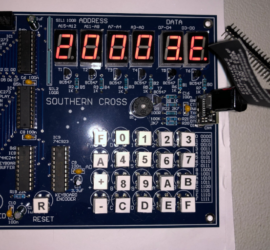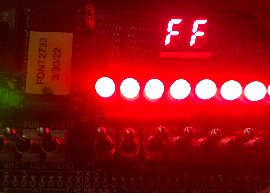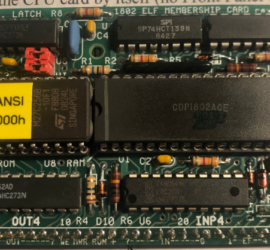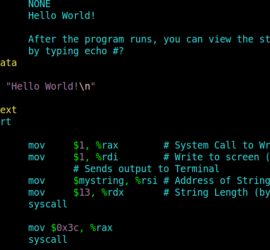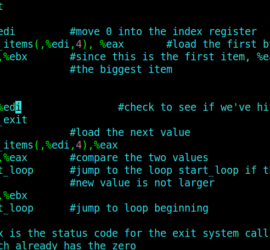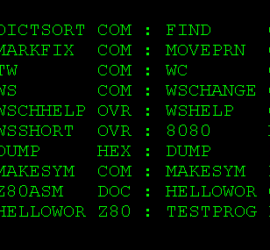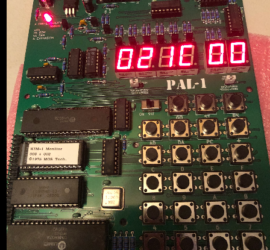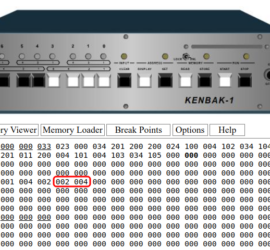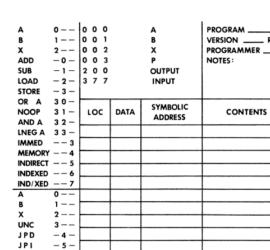Stopwatch Program for the Southern Cross
Introduction to my Stopwatch Program for the Southern Cross (Z80) My Stopwatch Program for the Southern Cross is a very simple program. In reality, it’s just one step above a “Hello World” program. Once you get your Southern Cross Computer up and running, you will want to continue learning. For Read More »

